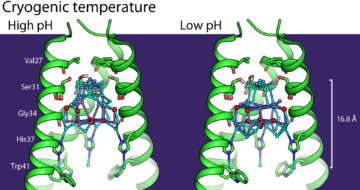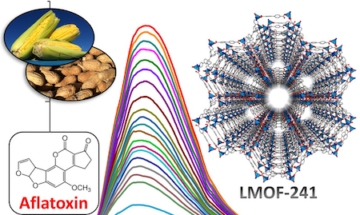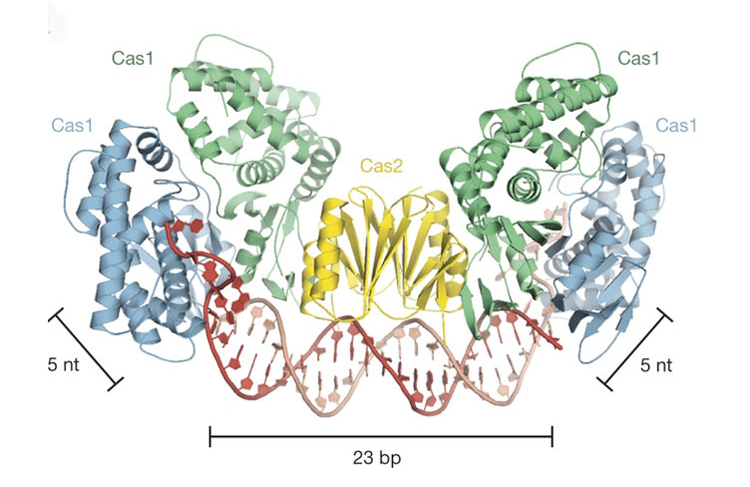Researchers studied In2O3:Fe, a promising spintronic material, to determine what leads to its surprisingly robust magnetic properties, how to optimize it, and what to look for in other candidate spintronics materials. Read more »
ALS Work Using Scattering/Diffraction
These techniques make use of the patterns of light produced when x-rays are deflected by the closely spaced lattice of atoms in solids and are commonly used to determine the structures of crystals and large molecules such as proteins.
Superlattices Patterned by Polymers
Scientists have shown that self-assembled superlattices, made up of nanoparticles with polymer chains grafted onto their surfaces (“hairy nanoparticles,” or polymer “brushes”), can be tailored to exhibit desired characteristics for applications ranging from nano- to biotechnology. Read more »
On the Way to Unlimited Energy
With the help of four different ALS beamlines, scientists were able to understand and improve the morphology of the main device structure in organic photovoltaic cells. Read more »![]()
Improving Anti-Influenza Medications
Protein crystallography at ALS Beamline 8.3.1 helped scientists understand the M2 proton-channel structure from the influenza A virus, an understanding that is needed to design better anti-influenza medications. Read more »
Porous-Framework Electrocatalysts Are Key to Carbon Dioxide Conversion
Researchers have made significant headway in the quest to convert CO2 into valuable chemical products such as fuels, pharmaceuticals, and plastics. Recent work at the ALS has shown MOFs and COFs as a valuable new class of CO2 reduction catalysts. Read more »![]()
![]()
Improving Meningococcal Vaccines
Scientists have found a way to improve the stability of an essential antigenic protein to develop vaccines with higher efficacy for prevention of bacterial meningitis. Read more »
Luminescent MOFs for Mycotoxin Detection
Crystal diffractometry at ALS Beamline 11.3.1 helped scientists develop and understand a new, highly sensitive luminescent metal–organic framework for mycotoxin detection. Read more »
Conduction Along Magnetic Interfaces could Improve Memory Devices
Scientists have provided the first direct evidence of a controversial phenomenon: the boundaries between magnetic regions in an electrical insulator can become electrically conductive. This discovery can potentially lead to improvements in future memory storage devices. Read more »
Weaving of organic threads into a crystalline covalent organic framework
Threads made from organic molecules linked by strong covalent bonds were used to weave a 3D covalent organic framework with unusual dynamical and mechanical properties. This molecular weaving method will enable the production of materials with increased precision and functionality. Read more »
Foreign DNA Capture during CRISPR–Cas Adaptive Immunity
Using macromolecular crystallography at Beamline 8.3.1 at the ALS, Berkeley researchers discovered how CRISPR/Cas captures foreign DNA for the bacterial immune system. Read more »
- « Previous Page
- 1
- …
- 33
- 34
- 35
- 36
- 37
- …
- 39
- Next Page »









